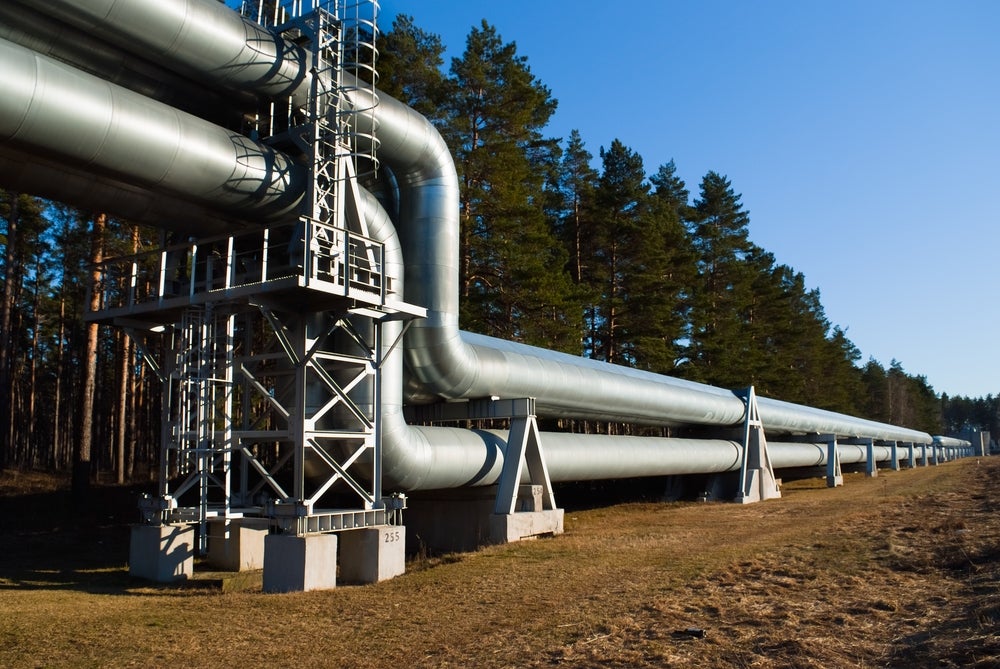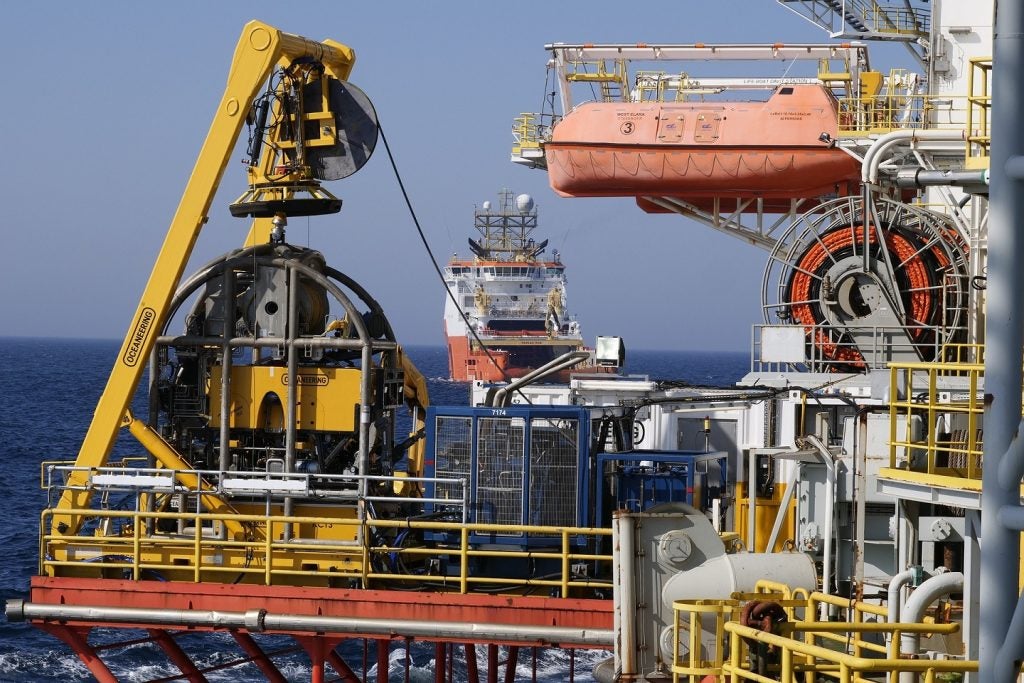US natural gas production and demand will rise to record levels in 2023, according to the US Energy Information Administration (EIA) in its Short Term Energy Outlook (STEO), which it published on Tuesday.
Dry gas production will rise to 103.68 billion cubic feet per day (bcf/d) in 2023 and 105.12bcf/d in 2024, up from a record 99.60bcf/d in 2022, according to the EIA’s latest estimates. The agency has revised down its forecasts from October in which it predicted 103.72bcf/d for supply.
It also predicts that domestic gas consumption will rise from a record 88.38bcf/d in 2022 to 89.42bcf/d in 2023, before falling to 89bcf/d in 2024. The October forecast for demand in 2023 was 89.17bcf/d.
Should the predictions come to pass, it would be the first time output has risen for four years in a row since 2015, and 2023 would be the first time demand has risen for three consecutive years since 2016.
The EIA also estimates that US exports of liquefied natural gas will rise to 11.80bcf/d in 2023, up from 10.59bcf/d in 2022. They will then continue to rise to 11.80bcf/d in 2023. This is up from the agency’s forecast of 11.62bcf/d in October.
During the winter, natural gas prices are predicted to average around $3.40 per million British thermal units (MMBtu), peaking at more than $3.60/MMBtu in January. According to this forecast, prices will therefore be lower this winter compared with last winter as natural gas inventories are relatively full. Prices averaged $5.00/MMBtu in 2022.
Estimations of coal production were also published. The agency predicts US coal production will fall from 594.2 million short tonnes in 2022 to 585.4 million short tonnes in 2023, and 480.4 million short tonnes in 2024, the lowest level since 1963. Crucially, gas and renewable energy sources continue to displace coal-fired power generation.
As a result, the EIA predicts carbon dioxide emissions from fossil fuels will fall from 4.939 billion metric tonnes in 2022 to 4.786 billion metric tonnes in 2023, and 4.751 billion metric tonnes in 2024.















